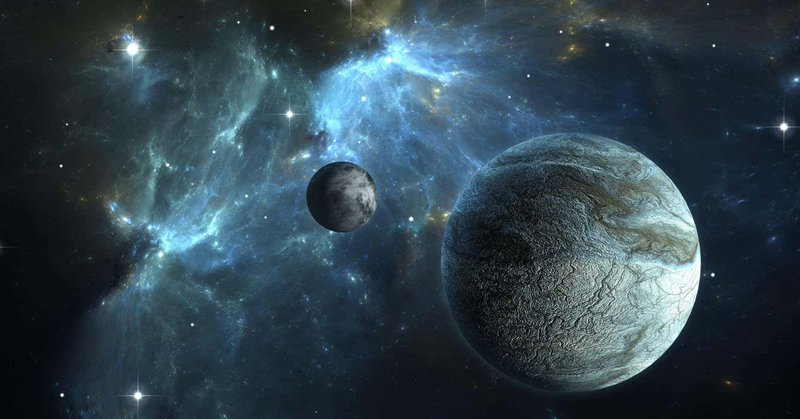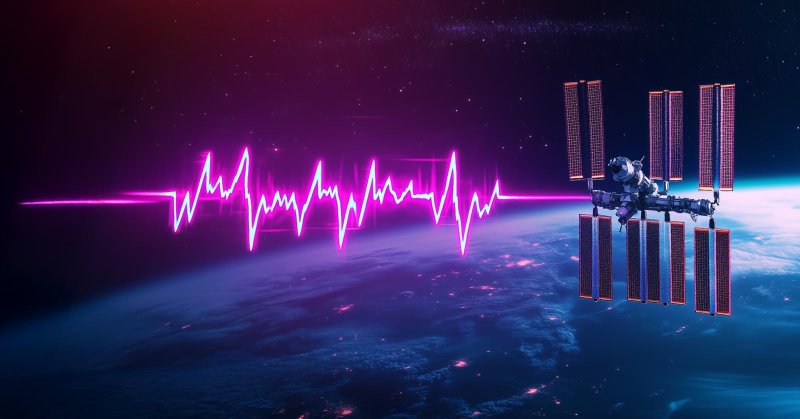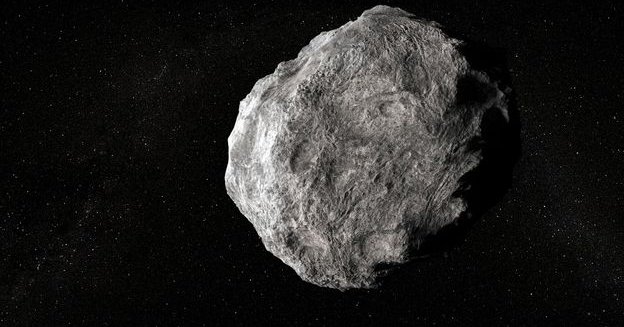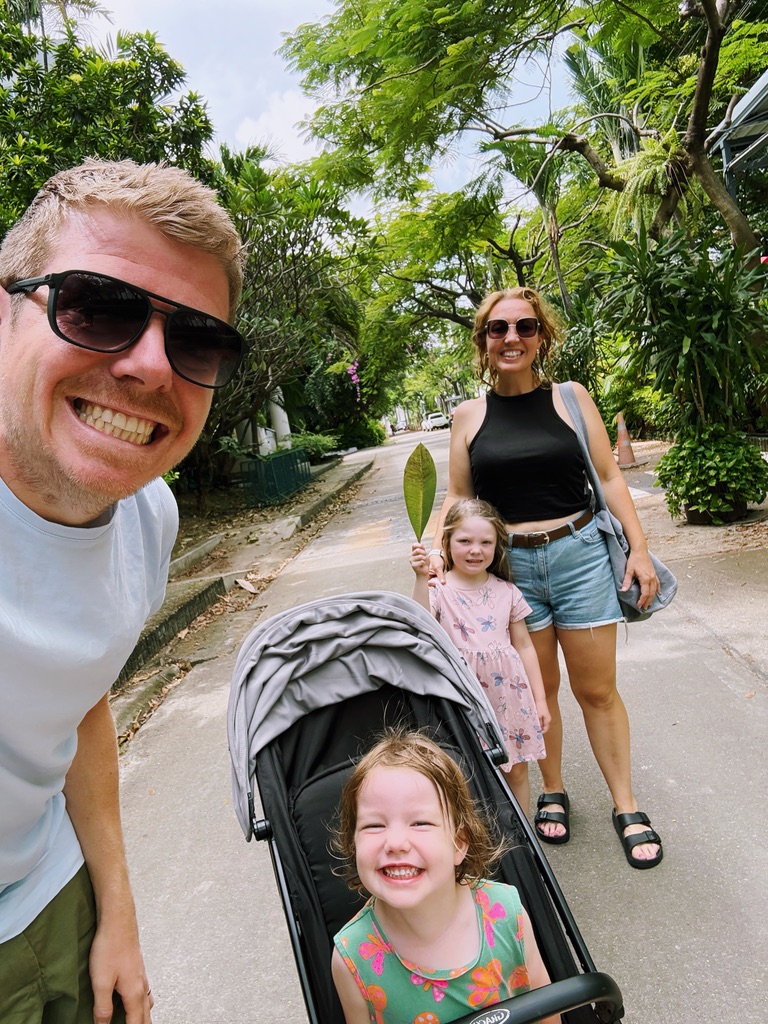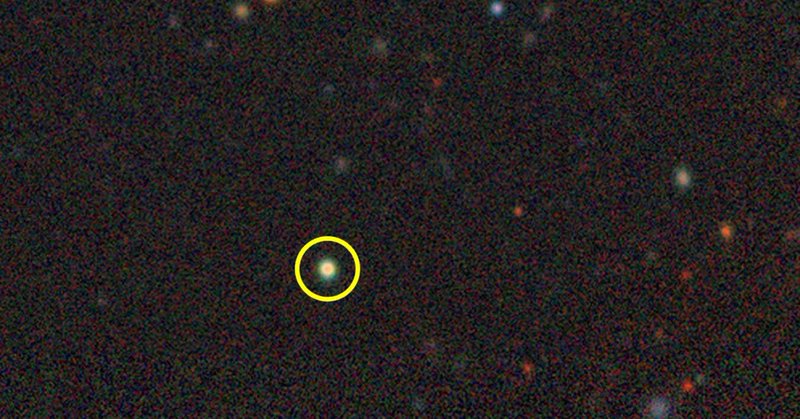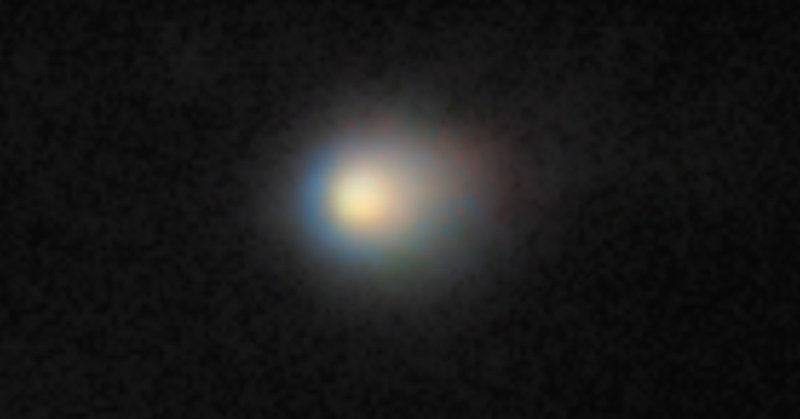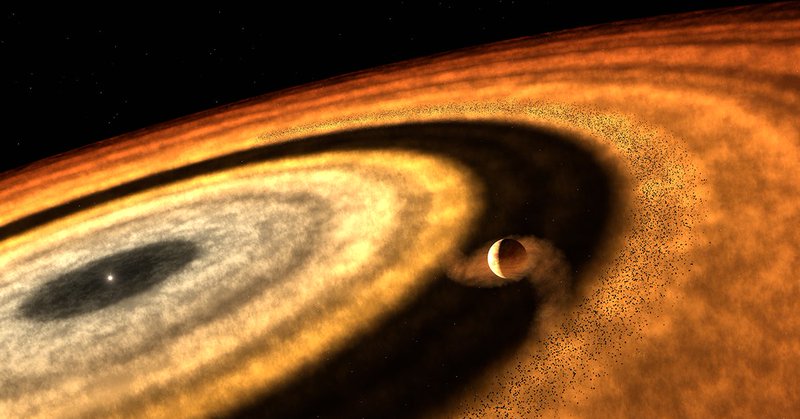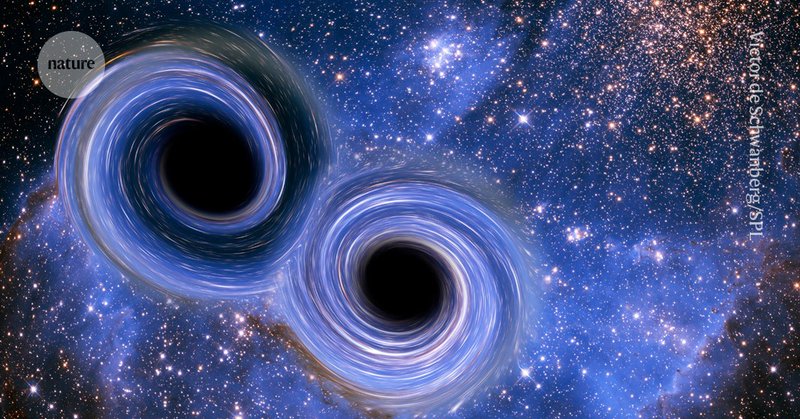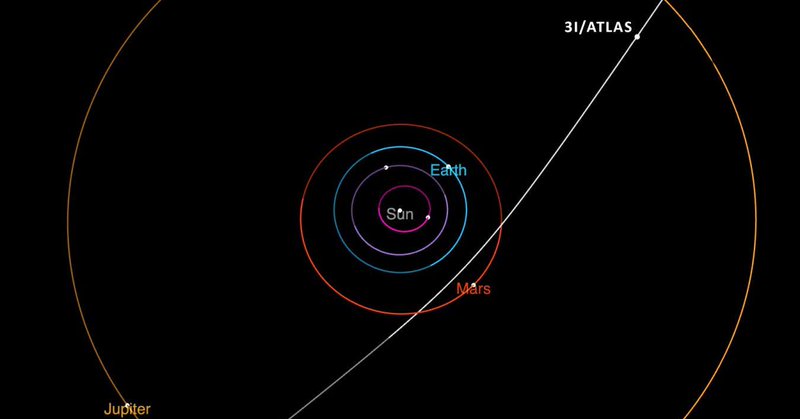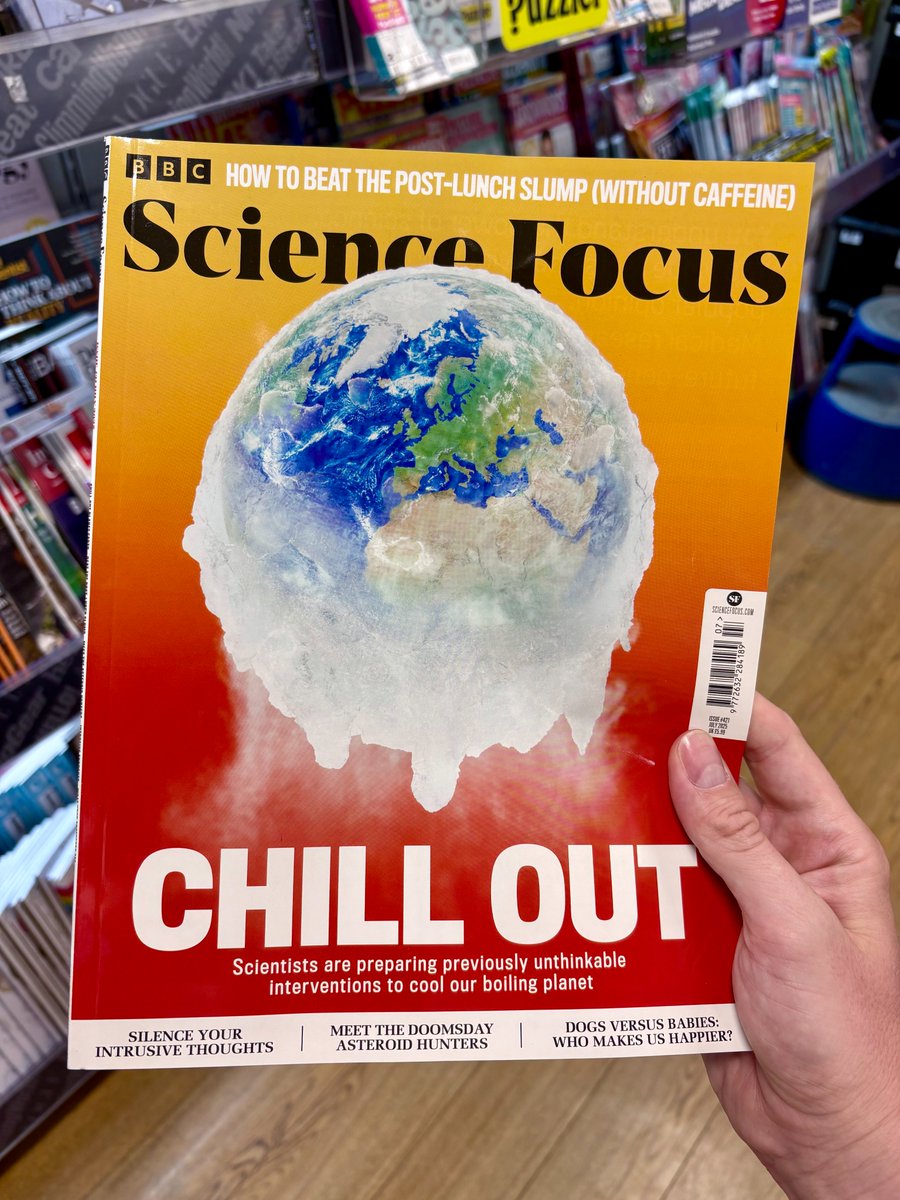
Jonathan O’Callaghan
@Astro_Jonny
Followers
10K
Following
16K
Media
3K
Statuses
27K
British Science Journalist of the Year 2024. Words @NewScientist @SciAm @NYTimes @QuantaMagazine @Nature @WIRED + more. Sometimes on TV/Radio. [email protected]
London, UK
Joined September 2011
RT @newscientist: Somewhere at the edge of the solar system, there might be a new world, dubbed Planet Y, similar to Earth in size. https:/….
newscientist.com
Astronomers have picked up evidence of an Earth-sized world, distinct from the previously hypothesised Planet Nine and Planet X, that might be warping the orbits of objects beyond Neptune
0
11
0
Forget Planet X and Planet Nine – there might be a Planet Y warping objects in the outer solar system. Story by me in @newscientist.
newscientist.com
Astronomers have picked up evidence of an Earth-sized world, distinct from the previously hypothesised Planet Nine and Planet X, that might be warping the orbits of objects beyond Neptune
2
2
2
Ogres are like onions. But we've long thought stars are too – and now we have evidence they have layers, thanks to a new type of supernova that might have stripped the star before it exploded. Story by me in The New York Times.
nytimes.com
The rare blast peeled back the inner layers of a dying star, offering clues to how the elements that make up life on Earth were forged.
0
0
0
RT @AeroAmMag: Designing and building life support systems for space stations requires a delicate balance of knowledge, safety and cost. @A….
aerospaceamerica.aiaa.org
0
1
0
It's me, back on the beeb, writing about those pesky dark comets lurking in our solar system. Enjoy!.
bbc.com
These strange objects could explain how water arrived on Earth, but may also be a previously unrecognised threat to our planet. Now, a spacecraft is headed towards one to investigate.
0
0
5
Remember those strange “little red dots” JWST found in the early universe?. Turns out they’re not only in the early universe – we just found three close by!. Story by me in @newscientist.
newscientist.com
Small, compact galaxies seen in the early universe have puzzled astronomers – finding these unusual objects closer to home could provide hints about how they form
0
1
5
I’m in @WIRED this month, chatting about supersonic planes. What are you waiting for? Go and buy it!
1
0
6
One of my favourite stories I’ve written this year. A third known interstellar object is flying through our solar system right now. What are the 7 biggest questions we want to answer about it?. Story by me in @SciAm.
scientificamerican.com
Scientists are racing to learn as much as possible about the interstellar comet 3I/ATLAS before it fades from view forever
2
4
14
This weird hot Jupiter just got even weirder, because it might have former pretty darn far from its star before diving in. Story by me in @AGU_Eos .
eos.org
WASP-121b, an already unusual planet, might have a remote origin that explains some of its peculiar properties—from iron rain to the unexpected presence of methane.
0
0
2
RT @LIGO: "Gravitational wave detector LIGO spots fast-spinning ‘forbidden’ black holes that challenge physics models". .
nature.com
Nature - Gravitational-wave detector LIGO spots fast-spinning ‘forbidden’ black holes that challenge physics models.
0
38
0
Me on @LIGO’s monster black hole merger announced yesterday, for Nature, with this great quote:. It’s like “four grandparents merging into two parents merging into one baby black hole”. Enjoy!.
nature.com
Nature - Gravitational-wave detector LIGO spots fast-spinning ‘forbidden’ black holes that challenge physics models.
0
0
1
RT @AeroAmMag: Designing and building life support systems for space stations requires a delicate balance of knowledge, safety and cost. @A….
aerospaceamerica.aiaa.org
0
1
0
Wow, this is massive news. Fair play @Space_Forge.
Shaping the Future of U.S. Space Manufacturing. We've partnered with Space Forge to provide expertise that informs the design of our Earth reentry vehicle, enabling the precise return of semiconductors from orbit to Earth. Learn more:
0
0
1
Interstellar object 3I/ATLAS might be the oldest comet we’ve ever seen!. Models suggest it originated from a star near the Milky Way’s thick disk more than 8 billion years ago, wandering the galaxy alone until now. Story by me in @newscientist.
newscientist.com
Astronomers tracking an interstellar object flying through the solar system think it comes from a star at least 8 billion years old, almost twice the age of our sun
0
4
7
RT @Astro_Jonny: The age of commercial space stations is nearly upon us. But how will they actually keep astronauts alive in space?. Inside….
aerospaceamerica.aiaa.org
0
5
0

